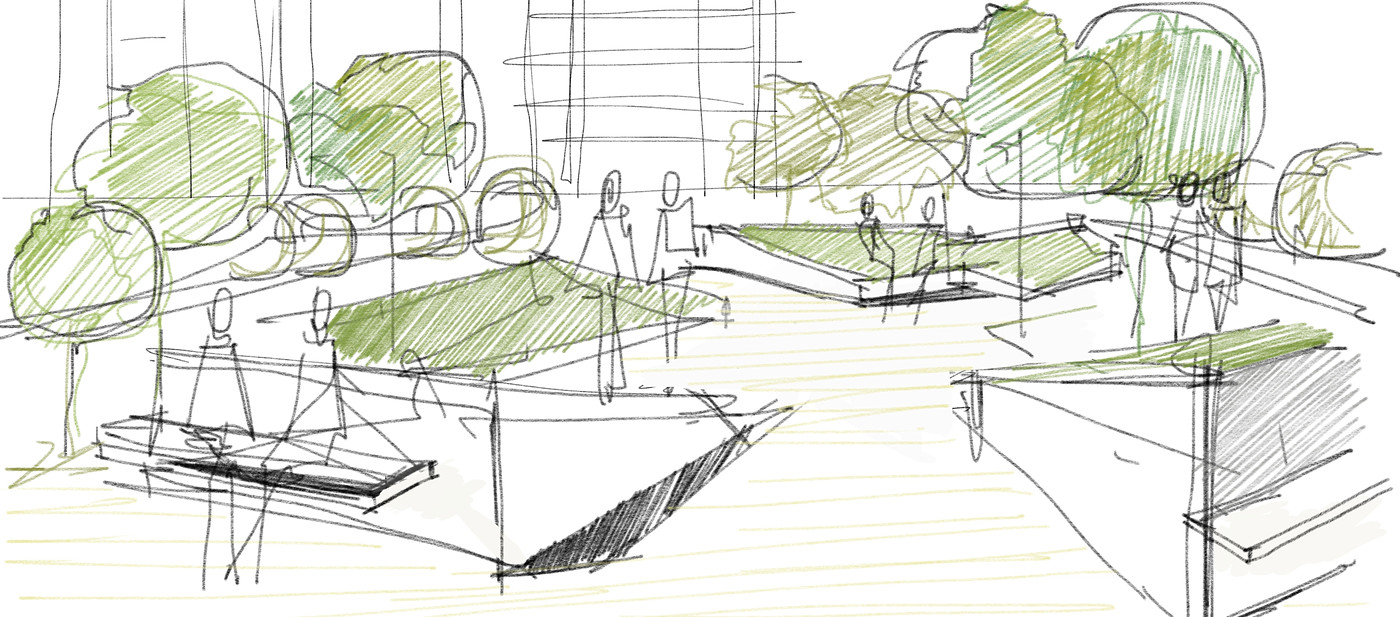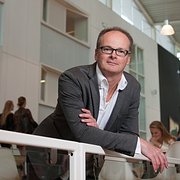
Our presence in buildings is often so self-evident that we no longer seem aware of the spaces in which we work and live. But how does that actually work? What is the influence of the built environment and facilities management services on people? How can we better understand, apply, and further develop our knowledge of that influence?
Healthy Buildings
The research program ‘Healthy Buildings’ shows that the field of Facility Management (FM) plays a key role in the connection between space, services, people, and organization. This connection promotes the health, well-being, and performance of building users.
FM contributes to a healthy society in many ways: from facilitating office work and designing nursing rooms, hospital rooms, and (outpatient) clinics to improving housing for people with intellectual disabilities or dementia. The research also focuses on increasing the inclusiveness of classrooms, school buildings, and campuses, and on organizing reception facilities for asylum seekers. Yet, there is still great potential to further increase the societal impact.
Responding to societal challenges
The research group actively responds to current issues in education, healthcare, and work. Think of spatial solutions for hybrid working, reducing workload in healthcare, and strengthening diversity and inclusion in education.
How do you facilitate a healthy balance between working from home and in the office? How can healthcare buildings be designed in ways that improve the quality of life for patients, residents, and families, while reducing workload at the same time? And how do you ensure that everyone truly feels welcome on a campus – with or without a disability?
Further research
In addition to these themes, the research group deepens its knowledge of housing and care for people with dementia, intellectual disabilities, or challenging behavior. We also study the role of building maintenance in addressing labor shortages in healthcare, the influence of the built environment on safety and terrorist attacks, and the significance of space for musical play among children who are refugees.
